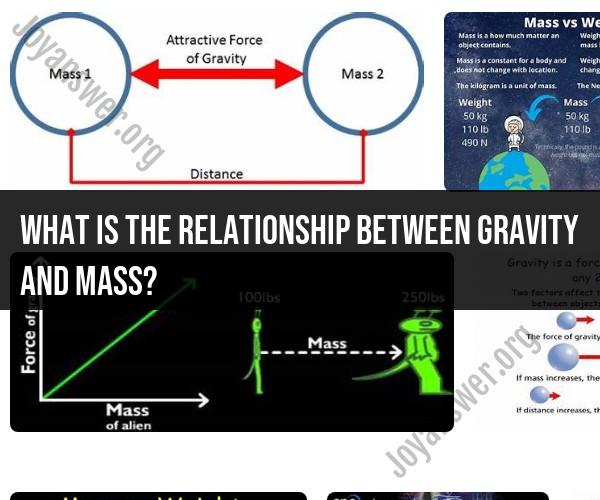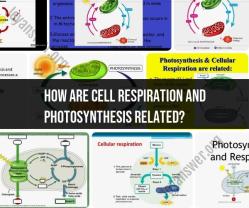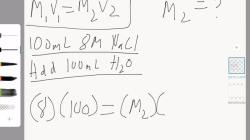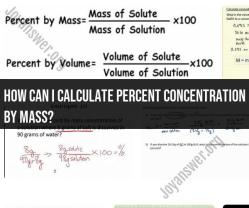What is the relationship between gravity and mass?
The relationship between gravity and mass is described by the universal law of gravitation, which was formulated by Sir Isaac Newton. This law states that the force of gravity is directly proportional to the mass of an object. In other words, the greater the mass of an object, the stronger the gravitational force it exerts.
Mathematically, this relationship can be expressed as:
Where:
- is the gravitational force between two objects.
- is the gravitational constant, which is a universal constant.
- and are the masses of the two objects.
- is the distance between the centers of the two objects.
Key points to understand about the relationship between gravity and mass:
Direct Proportionality: The gravitational force () is directly proportional to the product of the masses ( and ). This means that if you double the mass of one of the objects while keeping the other constant, the gravitational force between them will also double. If one of the masses increases, the force of gravity between them increases.
Inverse Square Law: The gravitational force () is inversely proportional to the square of the distance () between the centers of the two objects. This means that if you increase the distance between two objects, the gravitational force between them decreases rapidly. If you halve the distance between them, the gravitational force becomes four times stronger.
Universal Principle: This relationship is a fundamental principle of gravity and applies universally to all objects with mass. It governs the gravitational interactions not only on Earth but also in the cosmos, influencing the orbits of planets, moons, stars, and galaxies.
Gravitational Attraction: Objects with mass are attracted to each other due to gravity. The more massive the objects, the stronger the gravitational attraction. For example, the Earth's mass is much greater than that of an individual human, so the Earth exerts a strong gravitational force on the human, which keeps them anchored to the planet's surface.
In summary, the relationship between gravity and mass is that mass is a fundamental factor in determining the strength of the gravitational force between two objects. The greater the mass of the objects involved, the stronger the gravitational attraction between them. This principle plays a crucial role in our understanding of the dynamics of celestial bodies and everyday phenomena on Earth.
Gravity and Mass Relationship: Understanding the Connection
Gravity is a force that attracts any two objects with mass. The more mass an object has, the stronger its gravitational pull. The closer two objects are together, the stronger the gravitational pull between them.
The relationship between gravity and mass can be described by Newton's law of universal gravitation, which states that the force of gravity between two objects is proportional to the product of their masses and inversely proportional to the square of the distance between them.
This means that if you double the mass of one object, the force of gravity between the two objects will double. If you double the distance between the two objects, the force of gravity between them will decrease by a factor of four.
The Pull of Mass: Exploring the Link Between Gravity and Matter
The pull of mass is what keeps us on the ground and what causes planets to orbit the sun. It is also what causes stars to form and galaxies to rotate.
The gravity of the Earth is what causes us to weigh what we do. If we were to go to the moon, our weight would be much less because the moon has a much smaller mass than the Earth.
The gravity of the sun is what keeps the planets in orbit around it. The closer a planet is to the sun, the stronger the gravitational pull and the faster the planet orbits.
Gravitational Attraction: How Mass Affects Gravity
The mass of an object affects its gravity in two ways. First, the more mass an object has, the stronger its gravitational pull. Second, the more mass an object has, the more it curves spacetime.
Spacetime is the fabric of the universe, and it is made up of four dimensions: three spatial dimensions and one time dimension. When an object with mass curves spacetime, it creates a depression in spacetime. Other objects are then attracted to this depression, which is why we experience gravity.
The stronger the gravitational pull of an object, the more it curves spacetime. This is why black holes have such strong gravitational pulls. Black holes have so much mass that they curve spacetime to such an extent that nothing, not even light, can escape.
The relationship between gravity and mass is one of the most important concepts in physics. It is what holds the universe together and what allows us to understand the motion of objects in space.
Here are some additional examples of the relationship between gravity and mass:
- The larger a star is, the stronger its gravitational pull. This is why giant stars have much stronger gravitational pulls than dwarf stars.
- The Milky Way galaxy has a much stronger gravitational pull than other galaxies because it has much more mass. This is why the Milky Way galaxy is able to hold on to its stars.
- The more mass an object has, the more fuel it needs to escape Earth's gravity. This is why it takes so much fuel to launch a rocket into space.
The relationship between gravity and mass is a complex one, but it is essential for understanding the universe around us.













